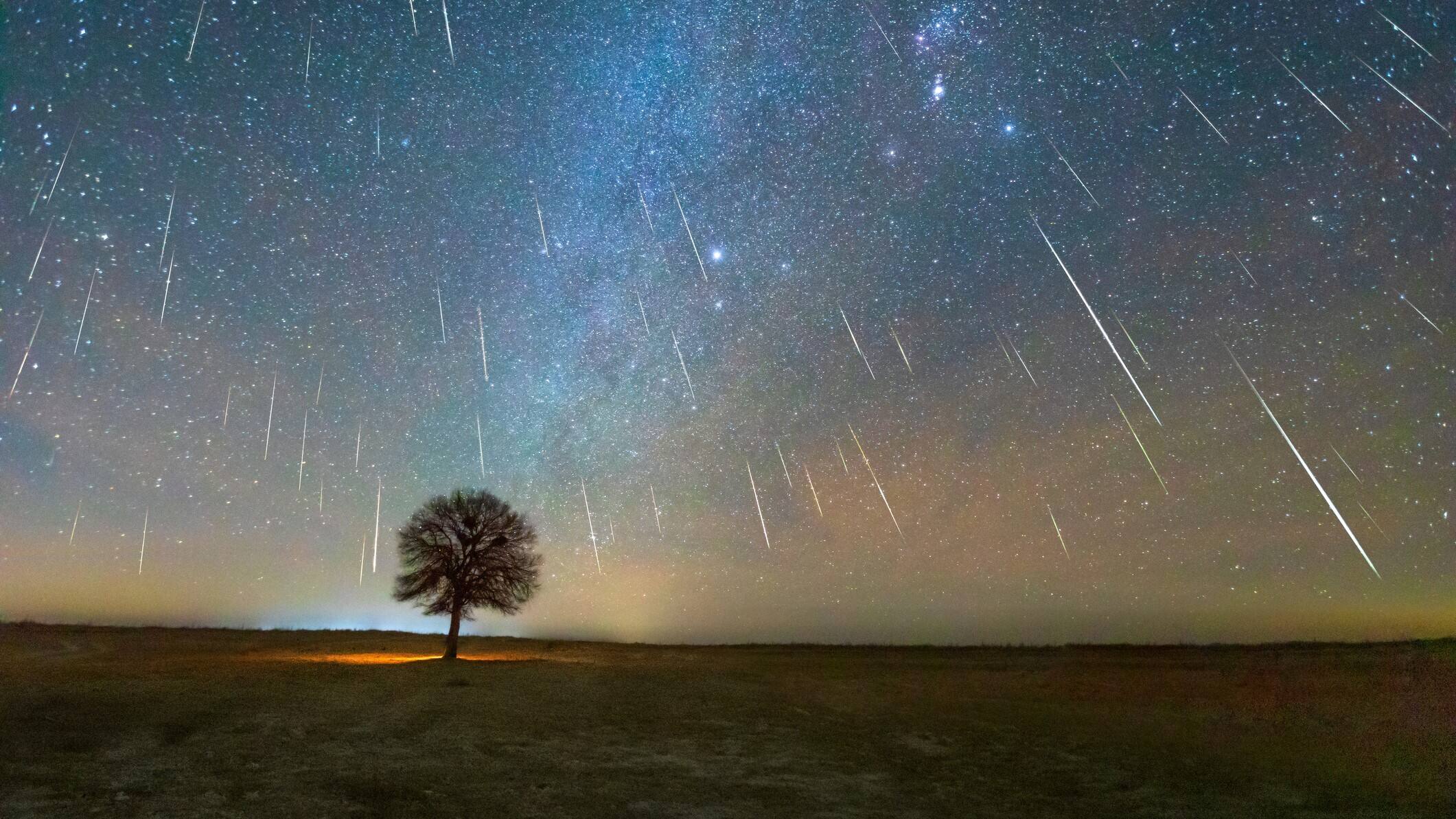
Geminid meteor shower peaks this week: How to watch
What's the story
One of the last celestial events of the year, the Geminid meteor shower, will peak between December 13-14. The annual spectacle comes from asteroid 3200 Phaethon and can yield as many as 120 meteors per hour in ideal conditions. However, this year's display could be slightly marred by the light of the nearly full moon.
Viewing advice
Best viewing times and locations
For the best viewing experience, watch the Geminids away from city lights and brace yourself for cold. Lie flat on your back with your feet pointing south, giving at least 30 minutes for your eyes to adjust to the darkness. While Geminids usually begin to appear around 9-10:00 pm local time, the most prominent meteors are visible after midnight, with the best viewing time around 2:00 am when the shower's radiant point is highest in the sky.
Lunar interference
Moonlight may interfere with Geminid meteor shower viewing
Bill Cooke, head of NASA's Meteoroid Environment Office, has warned that the bright waxing gibbous moon could interfere with viewing, especially on peak nights. He said that "2024 will not be a good year for Geminid viewing," but expects better conditions in 2025. Despite these challenges, bright meteors will still be visible earlier in the week leading up to the peak.
Meteor characteristics
Unique features of the Geminid meteor shower
Unlike most meteor showers that originate from comets, the Geminids come from asteroid 3200 Phaethon. Discovered in 1983, the asteroid follows a unique path, bringing its debris into Earth's orbit every December. Active since the mid-1800s, the Geminids are known for their bright, fast, and typically yellow meteors that streak through the sky at speeds of 35km per second.
Global visibility
Geminid meteor shower is visible worldwide
The Geminids can be observed from anywhere in the world, but are best visible from the Northern Hemisphere. Those in the Southern Hemisphere can also witness this meteor shower, but at a lower rate. As the radiant point of the shower lies near the Gemini constellation, spotting Gemini in the sky will lead viewers to the right area for catching these meteors.